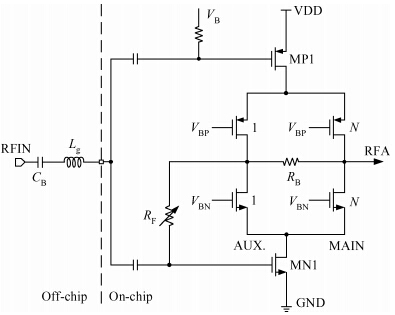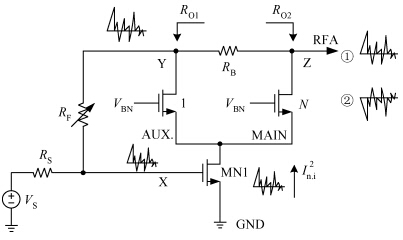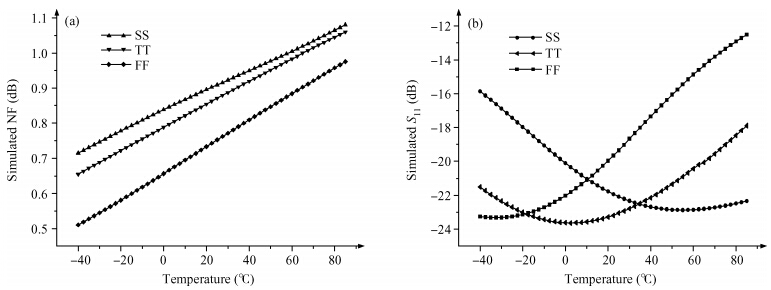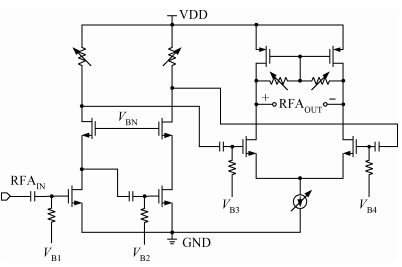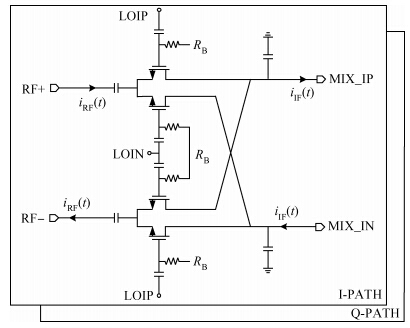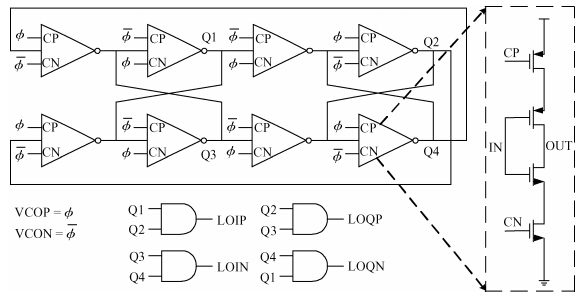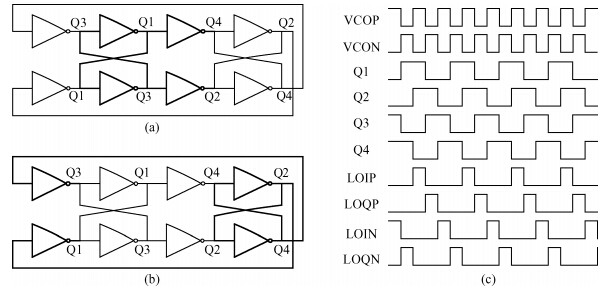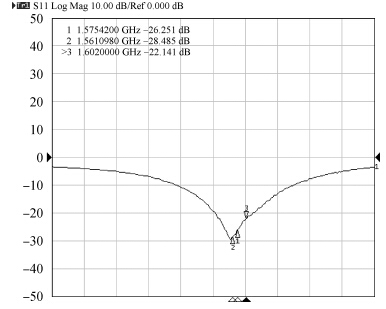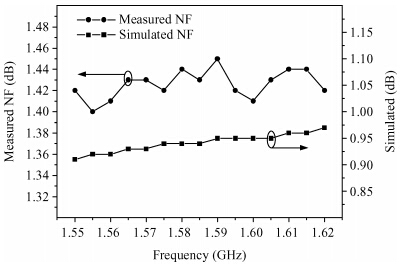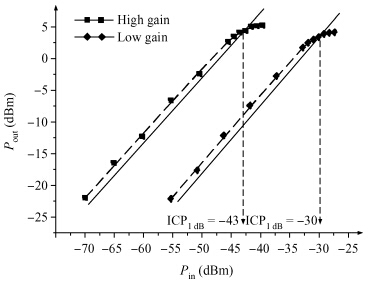| Citation: |
Yanbin Luo, Chengyan Ma, Yebing Gan, Min Qian, Tianchun Ye. An inductorless multi-mode RF front end for GNSS receiver in 55 nm CMOS[J]. Journal of Semiconductors, 2015, 36(10): 105009. doi: 10.1088/1674-4926/36/10/105009
****
Y B Luo, C Y Ma, Y B Gan, M Qian, T C Ye. An inductorless multi-mode RF front end for GNSS receiver in 55 nm CMOS[J]. J. Semicond., 2015, 36(10): 105009. doi: 10.1088/1674-4926/36/10/105009.
|
An inductorless multi-mode RF front end for GNSS receiver in 55 nm CMOS
DOI: 10.1088/1674-4926/36/10/105009
More Information
-
Abstract
An inductorless multi-mode RF front end for a global navigation satellite system (GNSS) receiver is presented.Unlike the traditional topology of a low noise amplifier (LNA), the inductorless current-mode noisecanceling LNA is applied in this design.The high-impedance-input radio frequency amplifier (RFA) further amplifies the GNSS signals and changes the single-end signal path into fully differential.The passive mixer downconverts the signals to the intermediate frequency (IF) band and conveys the signals to the analogue blocks.The local oscillator (LO) buffer divides the output frequency of the voltage controlled oscillator (VCO) and generates 25%-duty-cycle quadrature square waves to drive the mixer.Our measurement results display that the implemented RF front end achieves good overall performance while consuming only 6.7 mA from 1.2 V supply.The input return loss is better than-26 dB and the ultra low noise figure of 1.43 dB leads to high sensitivity of the GNSS receiver.The input 1 dB compression point is-43 dBm at the high gain of 48 dB.The designed circuit is fabricated in 55 nm CMOS technology and the die area, which is much smaller than traditional circuit, is around 220×280 μm2.-
Keywords:
- RF front end,
- noise figure (NF),
- input matching,
- linearity,
- GNSS receiver
-
References
[1] [2] [3] [4] [5] [6] [7] [8] [9] [10] [11] [12] [13] [14] [15] [16] -
Proportional views





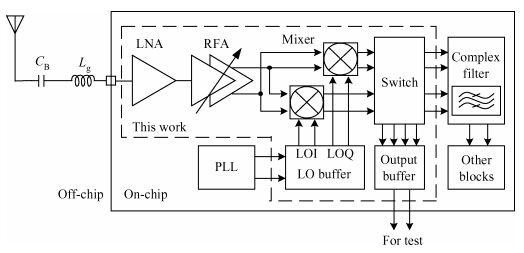
 DownLoad:
DownLoad:
